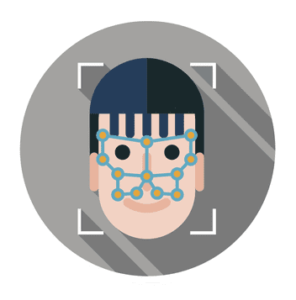“Facial recognition is increasingly prominent in China, and while it is often used in consumer-facing applications, such as identifying visitors at tourist sites, it is most prevalent in law enforcement and surveillance applications, scanning CCTV feeds for even the most minor offences.”

Chinese authorities have implemented a face-scanning border control system at two checkpoints between Shenzhen and Hong Kong. As the South China Morning Post reports, the new biometric system will allow travelers to pass through automated eGates that scan their faces and match them to their travel documents.
In implementing the new system, China’s border authorities framed it as a means of flagging so-called ‘parallel traders’ – individuals who buy goods tax-free in Hong Kong, and then re-sell them in China for a profit. The government authorities also suggested it would speed up travel for individuals who have not been flagged as parallel traders. But given that the facial recognition technology could theoretically be used to match individuals against any criminal databases or other watch lists, it seems unlikely that China’s massive state surveillance apparatus will limit its use to watching for parallel traders – especially given the opportunity to see who is coming and going from the contested territory of Hong Kong.
Facial recognition is increasingly prominent in China, and while it is often used in consumer-facing applications, such as identifying visitors at tourist sites, it is most prevalent in law enforcement and surveillance applications, scanning CCTV feeds for even the most minor offences.
At the Shenzen-Hong Kong checkpoints, the facial recognition systems have been installed, but are still in a ‘trial phase,’ according to an official insider who spoke to the South China Morning Post. It isn’t yet clear when the systems will be considered fully implemented.
Source: South China Morning Post
–
July 24, 2018 – by Alex Perala






Follow Us